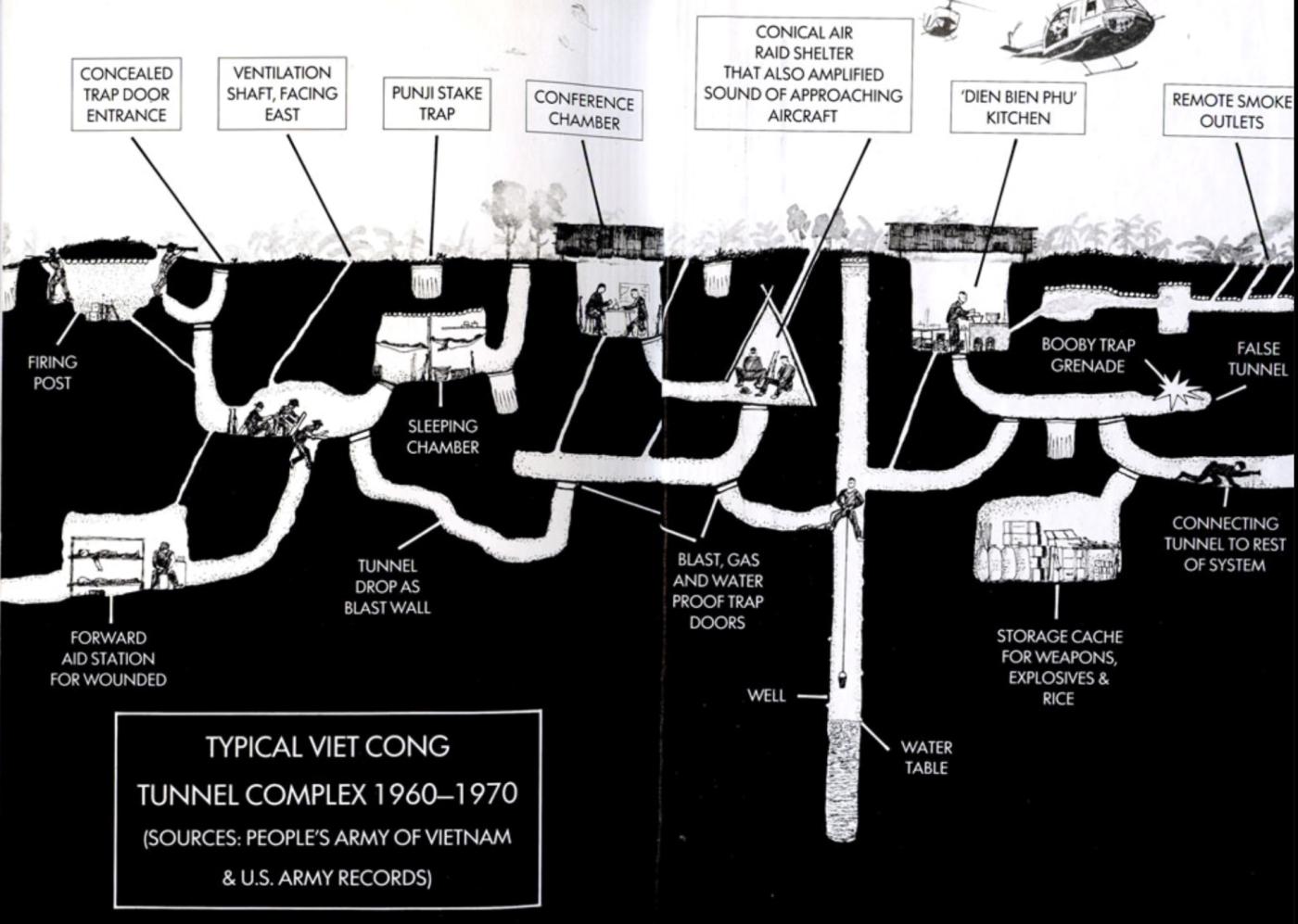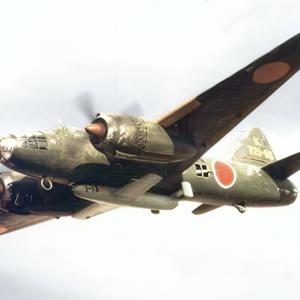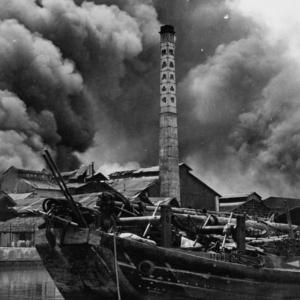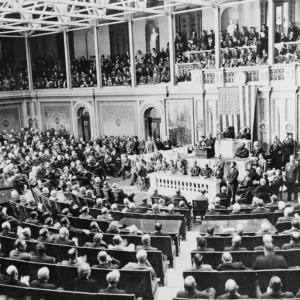
VC tunnel systems
During the Vietnam War, the Viet Cong (VC) built vast underground tunnel systems as part of their guerrilla warfare strategy. These tunnels functioned as hiding places, supply routes, hospitals, weapon storage sites, command posts, and living quarters. They allowed the VC to continue fighting despite the superior firepower and air capabilities of U.S. and allied forces.
Some tunnel networks stretched over 250 kilometers, or about 155 miles, in length. The most extensive of these was the Cu Chi tunnel system, located northwest of Saigon (now Ho Chi Minh City). Most tunnels were dug 10 to 15 feet below the surface, but some reached depths of up to 30 feet or more. They were often constructed in three levels and included multiple chambers and connecting passages. Inside, the tunnels were extremely narrow—designed to fit the smaller frames of Vietnamese soldiers—and contained hidden trap doors, air ventilation shafts, booby traps, and emergency exits. Some even had field hospitals and sleeping quarters.
Thousands of Viet Cong fighters used these tunnels, often remaining underground for days or weeks at a time. In heavily fortified regions like Cu Chi, as many as 16,000 VC troops operated in and around the tunnel systems. These networks enabled them to ambush American or South Vietnamese forces, disappear underground, and re-emerge in unexpected locations.
To counter this underground threat, U.S. and allied forces created specialized teams known as tunnel rats. These were usually small-statured soldiers, often volunteers, trained to enter the tunnels and clear them by hand. Armed with little more than a flashlight, a pistol (usually a .45 caliber), and a knife, tunnel rats crawled into tight, dark, and booby-trapped spaces. Their mission was to locate and kill enemy fighters, gather intelligence, recover weapons and supplies, and destroy tunnel sections.
Operating in the tunnels was incredibly dangerous. They were often rigged with punji stakes, tripwire grenades, false floors, and spiked doors. Some tunnels were flooded or contained venomous snakes and insects deliberately placed there. The air inside was often foul or laced with poison gas. Tunnel rats fought in close quarters, often in total darkness, with little room to maneuver and no margin for error.
Despite various efforts by U.S. forces to destroy the tunnels—using explosives, flooding, tear gas, and bulldozers—many networks proved resilient. Even when a section was demolished, it was often rebuilt or bypassed. The tunnel systems gave the VC a significant tactical advantage and allowed them to operate in proximity to enemy forces without detection.
Many tunnel rats suffered long-term psychological effects from their experiences. Their bravery and the extreme conditions they endured have become a lasting symbol of the hidden, grueling nature of the Vietnam War.
Today, portions of the tunnel networks, especially Cu Chi, have been preserved as historical sites. Visitors can walk or crawl through widened and reinforced sections to experience just a glimpse of what soldiers faced underground during the war.










